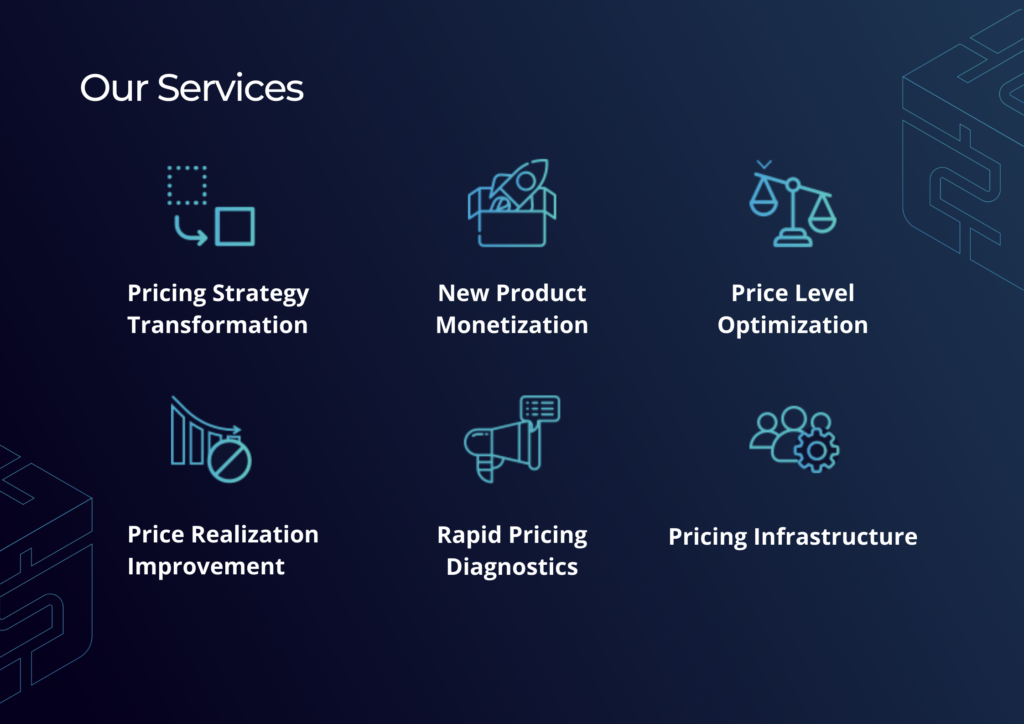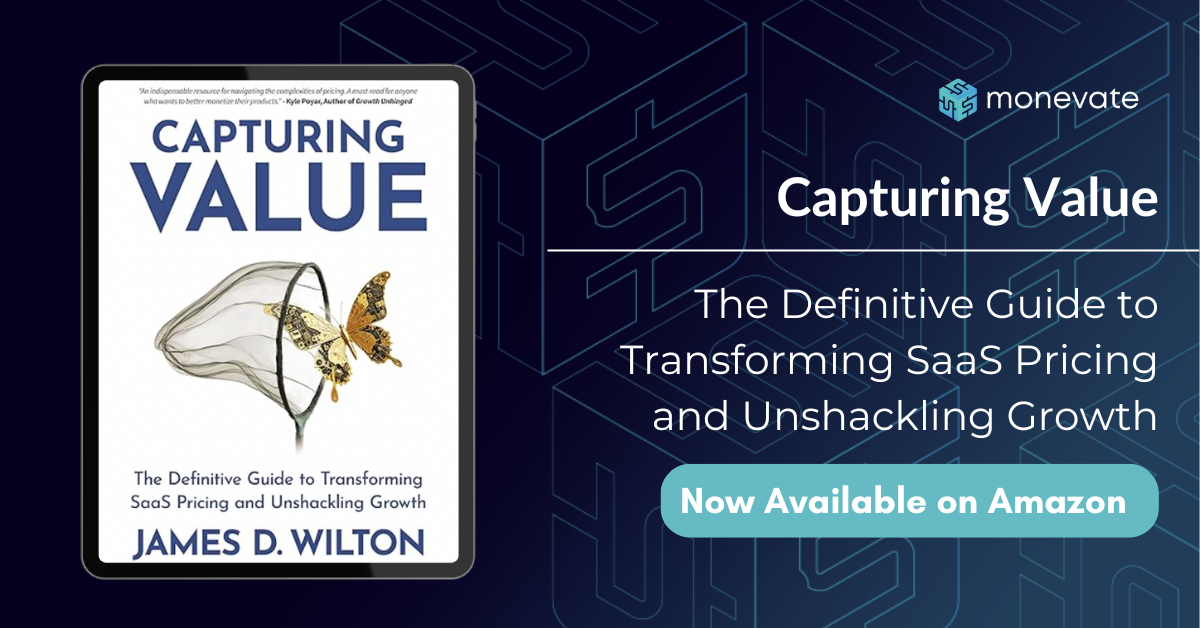The Reason for Monevate
I’ve now spent a full decade helping companies monetize their products. It was back in 2012 when I first began my forays into strategic pricing advisory at RELX, before going on to lead pricing practices at SBI and McKinsey & Company. Throughout that time, I’ve learned many things. Two that stick out are (1) I look better with a beard, and (2) growth stage companies consistently reach a point where they need help with pricing.
It’s not that startups do anything wrong. It’s more about focus. Founders and early teams typically don’t think comprehensively about monetization when they start their companies. This can be due to a lack of prioritization,but is often simply because things are moving so fast that they just don’t have time. Then they reach this natural inflection point where they’re starting to scale, the productand market have changed, and they realize that the Founder-based pricing strategy they have just doesn’t work anymore. They’re solidly in growth mode and – best case – their pricing isn’t helping them grow. Worst case, it’s actively holding them back.
So, what do they do? Hire a big consulting firm? Sure. But big consulting firms have big fees that many growing companies can’t justify yet. So, they take a step down and look to lower price, lower-value options that offer templatized solutions. Terrible idea! Are you going to trust the entire way that your company generates revenue to a cookie cutter??
The lack of best-in-class monetization solutions for startups at exactly the time they need it is really big gap in the market. It’s what led me to found Monevate in 2021.
We started with a simple mission: give more founders and executive teams access to the distinctive expertise that changes revenue growth trajectories (a solid pricing strategy change can add 10-15 percentage points) and adds multiples at valuation (a 10-15% growth increase can add 4-7X revenue multiples!).

We specialize in monetization and pricing strategies, helping companies price new products, transform their pricing strategies (including packaging and price metrics), reduce their discounting, and build organizations with heightened monetization capabilities. We mostly do this through short (6-12 week) consulting engagements, but for those companies that aren’t “there” yet, we offer trainings and coaching too.
We primarily service startups and other fast-growing, innovative companies. We frequently partner with VCs, PE Firms and Corporate Innovation Centers who want scalable approaches for their port cos and assets. We do both B2B and B2C (as well as all the other iterations of those letters, like B2B2C), and while tech is our bread and butter, we’re always interested to hear from other industries doing exciting things.

Even our name itself, Monevate – a portmanteau of “Monetize” and “Innovate” – speaks to our enthusiasm for what we do:
· To help companies monetize their innovative products: We build pricing strategies for new and growing products.
·To be Innovative with Monetization: We bring the creative design process necessary to achieve truly remarkable pricing strategies. For this, science is truly essential but wholly insufficient.
While we value creativity, we ground it in practicality. Our focus on the “best pragmatic answer (BPA)” means our recommendations are designed to be searching yet implementable. We’ll never hold back from telling our clients what we think they should do. But if they don’t want to do it (for whatever reason), we guide them towards doing what they are comfortable with in the best possible way.
Of course, to build a firm capable of giving this creative, practical, caring advisory, you need a pretty exceptional team, and that feeds into the second goal of Monevate. I aimed to create a consulting firm where we could nurture talented problem solvers who want to focus their consulting careers on Monetization, and who get as excited as I do about serving clients in this space.
At the end of the day, it’s a passion for seeing innovators like you be fairly rewarded that motivates us. You bring amazing things to life and provide incredible value for your customers, You deserve to capture a fair portion of that value. If you don’t think that’s happening for you, please drop your email here to receive future insights, exclusive content, or get in touch with one of our monetization experts.
Thanks for letting me share a little about why I think Monevate is so special and how we can help you. I hope we get to work with you.













